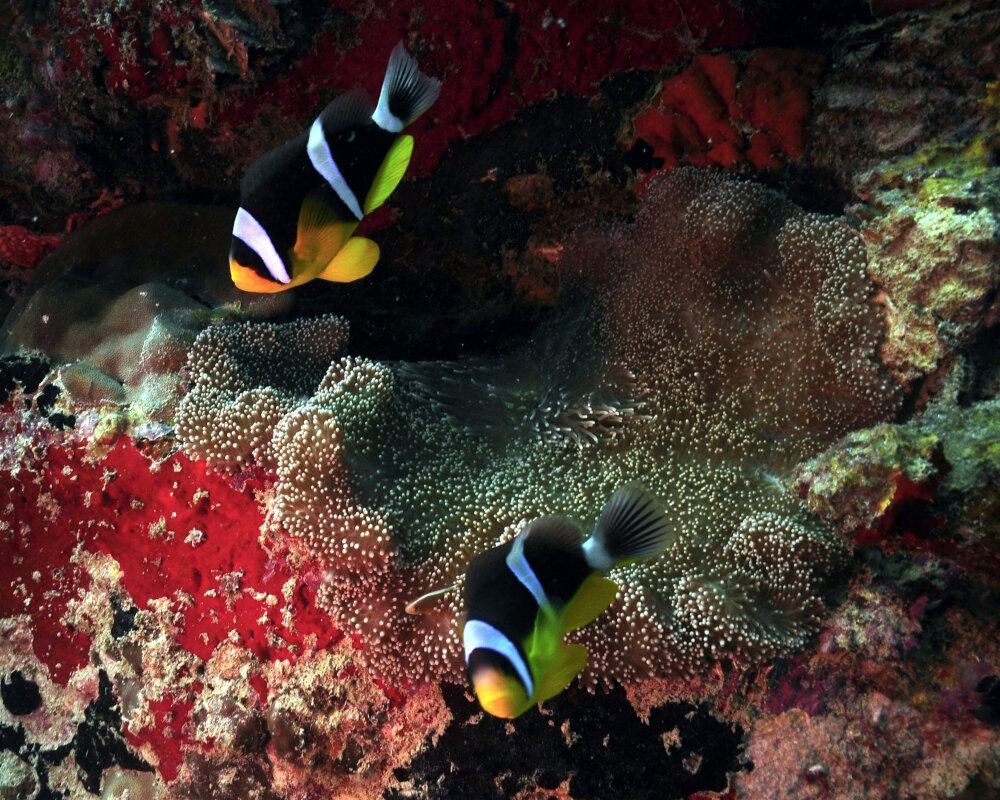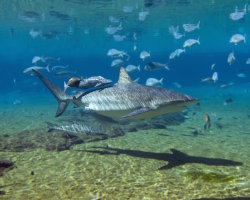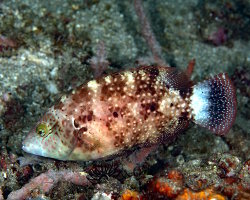Sealife guideThe seychelles anemonefishAmphiprion fuscocaudatus
Last updated on 03/21/2025 at 11:43 PM
Taxonomy
- Common name: Seychelles anemonefish
- French name: Poisson clown des Seychelles
- Scientific name: Amphiprion fuscocaudatus (Allen, 1972)
- Family name: Pomacentridae
- Order name: Perciformes
- Class name: Actinopterygii
Description
The Seychelles anemonefish measures on average between 5.5 and 6.7 inches in length when fully grown. The body of the Seychelles anemonefish is orange to dark brown from the ventral to the dorsal part. Its body features three vertical white stripes, with the first stripe located just behind its head and the last one near the base of its tail.
Like other clownfish species, this one exhibits sexual dimorphism with a social hierarchy based on sex. The largest individual in the group is always a dominant female.
Geographic range
The
Seychelles anemonefish is an endemic species of the
Seychelles, specifically found in the waters of the Aldabra Atoll reefs.
Habitat
The Seychelles anemonefish is primarily found in shallow coral reefs up to 49 feet deep around the granite and coral islands of the Seychelles.
The Seychelles anemonefish is found close to the magnificent sea anemone (Radianthus magnifica), with which it shares a symbiotic relationship. The anemone offers protection from predators with its stinging tentacles, while the clownfish protects its host by warding off certain parasites and predators.
Additionally, thanks to a special mucus layer, the Seychelles anemonefish is immune to the anemone's stings, allowing it to safely move within its tentacles.
Diet
The
Seychelles anemonefish is an omnivorous fish. It primarily feeds on zooplankton, including small
crustaceans and fish larvae. It also consumes algae found on the reef and leftover food from its anemone host.
Reproduction
The
Seychelles anemonefish follows a strict social hierarchy. The largest individual in the group is a dominant female, while the second largest is a breeding male. The other individuals in the group are immature juveniles.
Eggs are laid on a surface close to the anemone, and they are guarded by the male until they hatch, which occurs about 6 to 10 days after laying.
In a unique feature, if the dominant female disappears, the breeding male has the ability to transform into a female, a process known as protandry, to ensure the continuity of the group.
Did you know ?
Contrary to popular belief, not all clownfish live in the same anemone. The
Seychelles anemonefish actually prefers the magnificent sea anemone (Radianthus magnifica) !
Within the same genus
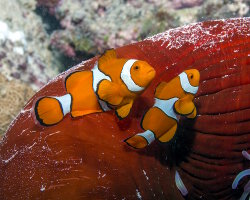
Eastern clown anemonefish
(Amphiprion percula)

Maldive anemonefish
(Amphiprion nigripes)
Within the same family
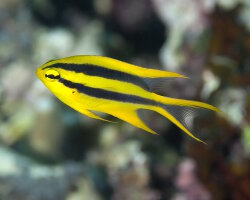
Black and gold chromis
(Neoglyphidodon nigroris)
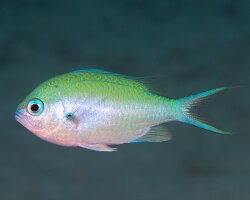
Black axil chromis
(Chromis atripectoralis)
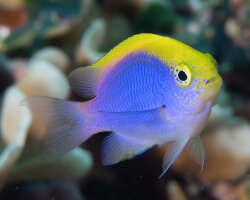
Bleeker's damsel
(Chrysiptera bleekeri)
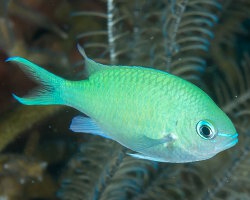
Blue-green chromis
(Chromis viridis)
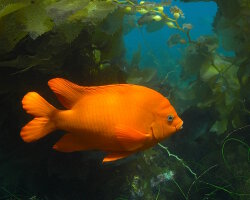
Garibaldi
(Hypsypops rubicundus)
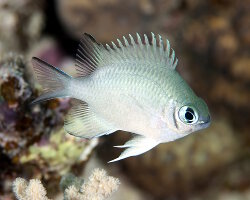
Pale damselfish
(Amblyglyphidodon indicus)

Springer's damselfish
(Chrysiptera springeri)

Yellowtail damselfish
(Microspathodon chrysurus)
Discover also
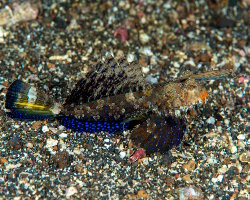
Black and orange dragonet
(Dactylopus kuiteri)
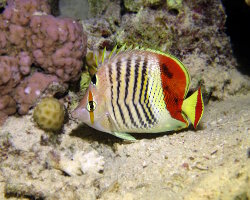
Crown butterflyfish
(Chaetodon paucifasciatus)
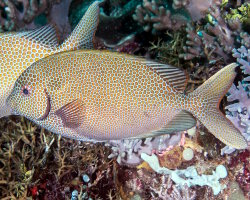
Gold-spotted rabbitfish
(Siganus punctatus)
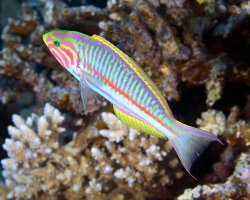
Klunzinger's wrasse
(Thalassoma rueppellii)
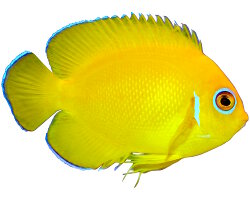
Lemonpeel angelfish
(Centropyge flavissima)
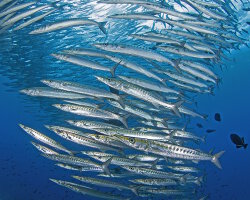
Mexican barracuda
(Sphyraena ensis)

Roving coral grouper
(Plectropomus pessuliferus)
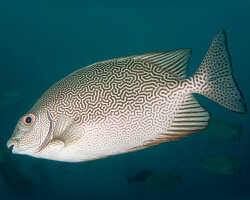
Vermiculate rabbitfish
(Siganus vermiculatus)
The marine species in Seychelles islands
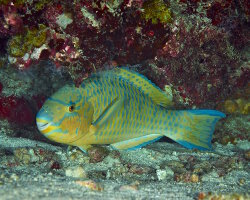
Blue-barred parrotfish
(Scarus ghobban)
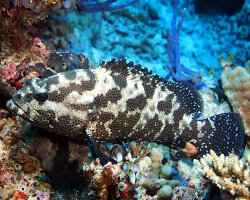
Camouflage grouper
(Epinephelus polyphekadion)
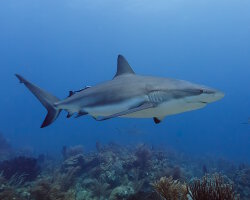
Grey reef shark
(Carcharhinus amblyrhynchos)
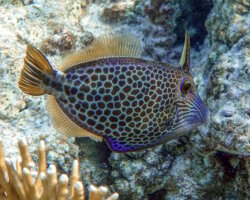
Honeycomb filefish
(Cantherhines pardalis)

Leopard flounder
(Bothus pantherinus)
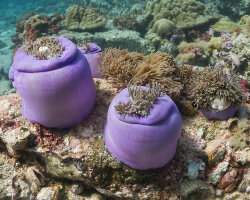
Magnificent sea anemone
(Radianthus magnifica)
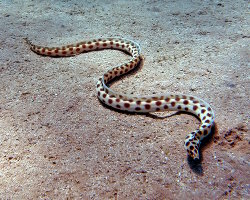
Tiger snake eel
(Myrichthys maculosus)








